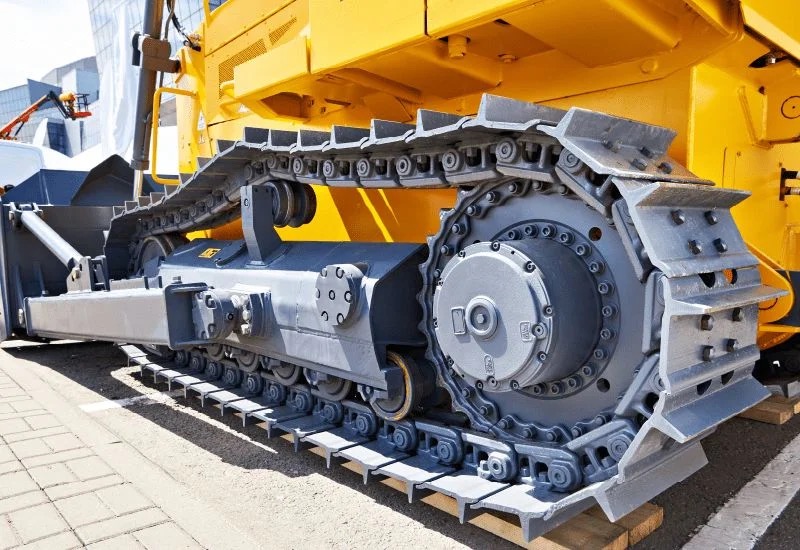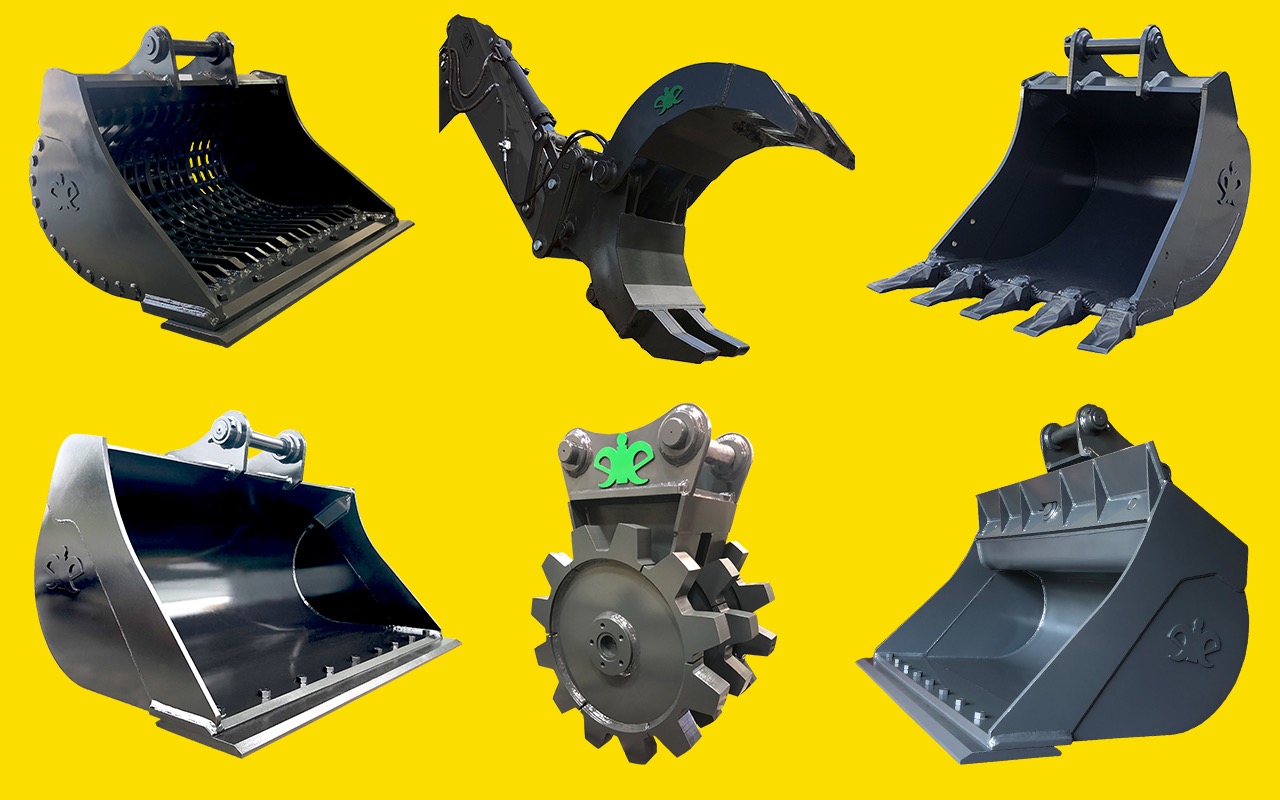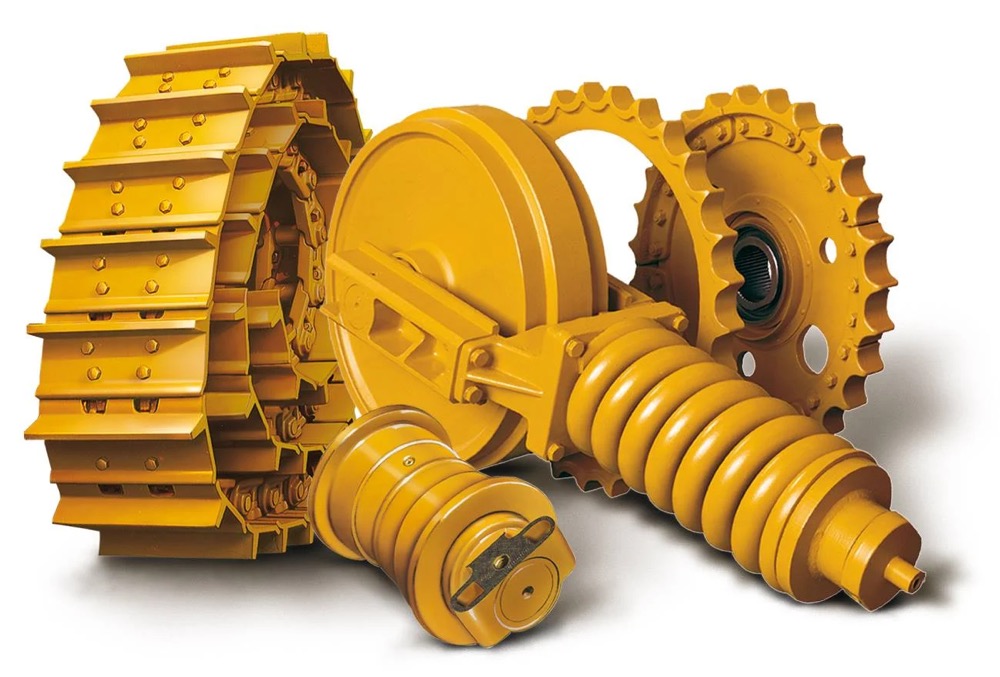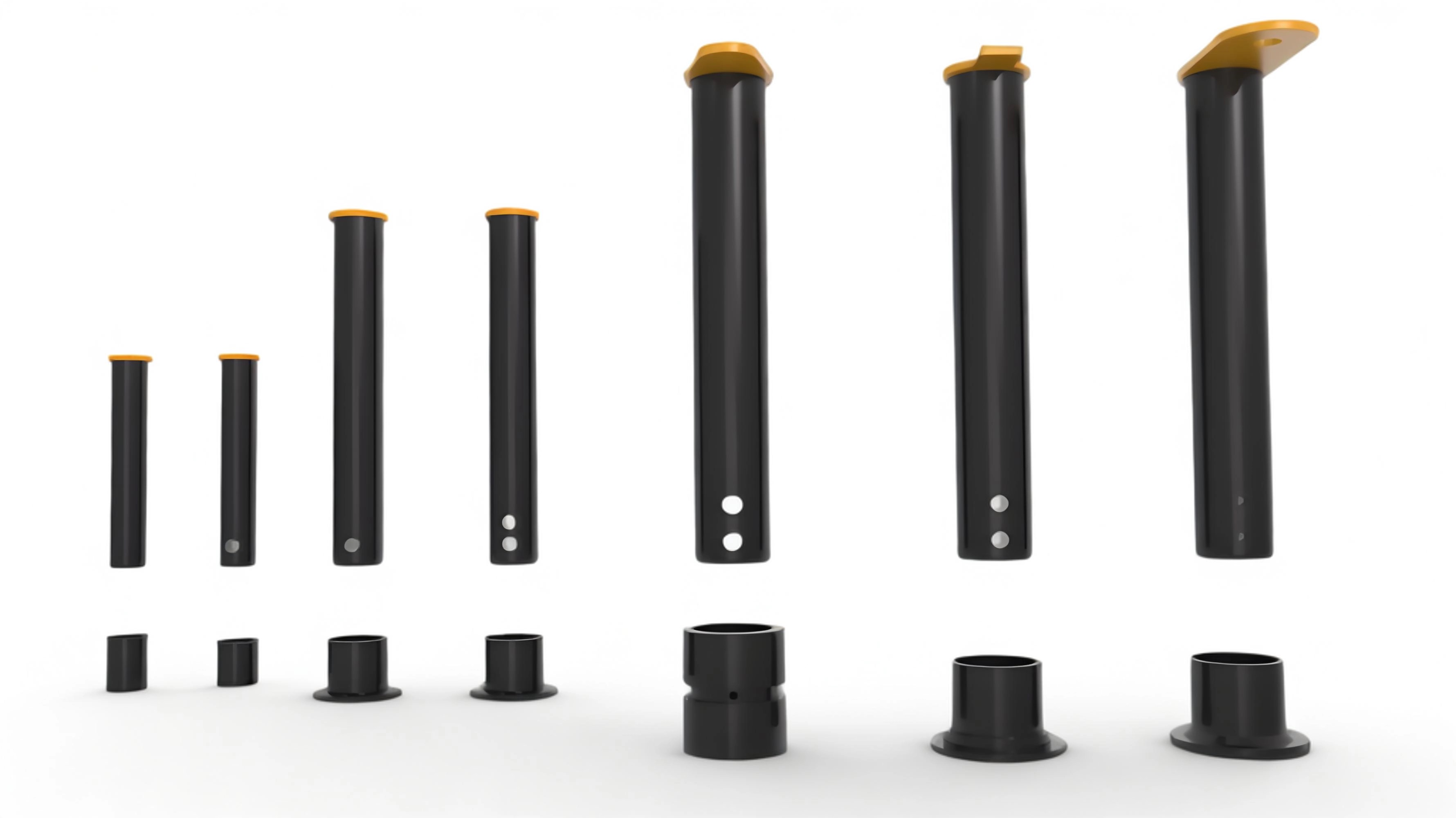
— October 23, 2025

Perhaps one of the most common pieces of machinery on a jobsite, an excavator is a versatile piece of earthmoving equipment. These can be used for virtually everything, from digging, moving debris, uprooting heavy objects and more. Variance is a key factor in why so many jobsites choose excavators.
That depends on what kind of excavator you are interested in. Excavators come in a wide range of sizes, each offering very unique advantages in operation. Smaller excavators weigh in at 6 tons, sometimes even less. For larger excavators, you can expect a weight of at least 45 tons, if not more.
They might look unassuming, but mini excavators are incredible assets to have in your fleet. Although they do not have the digging and hauling power of larger models, mini excavators have little to no tail-swing. They work well in small spaces with tight corners, or with materials that need a delicate touch. Their compact size also makes them the easiest to store and transfer in comparison to other excavators.
First and foremost, you should not operate an excavator if you’re not certified. At all. Safety should always be the first priority on any jobsite, and operating a machine you are not qualified for can hurt yourself, others and the jobsite around you. Luckily, the process to get certified is straightforward. You will need to find a training program that works for you, submit an application, then take the training courses. At the end, they will put you through an exam, and you will be officially certified.
If you’re used to the controls in one orientation, working on a machine configured to something else can be dangerous. Changing the control pattern is easy: you first need to find the location of the pattern control lever. You can normally find this somewhere on the cab. Open the box protecting it, remove the bolt, switch the lever to your desired setting and put everything back together. The best way to find the location of your control pattern level is to check the owner’s manual.
It can be difficult to decide on an excavator size, considering the drastic range in size among these machines. There are a few key factors to discuss before moving forward with your decision:
Part of the appeal of excavators is the litany of attachments, each of which allow the machine to perform different tasks. You can find dozens of types of attachments, but there are a few that are pretty commonplace:
Obviously there is no standard price for purchasing an excavator. Price will vary depending on the size, model, year, OEM and more. However, the price should fall somewhere between $162,000 to $223,000.
Ultimately, this depends on whether you decide to purchase an excavator for yourself or to rent from someone else. If you’re buying to own, you can either purchase from a local supplier, or have the excavator shipped to you by a foreign supplier. Generally, purchasing local machines will be quicker and less expensive, but foreign excavators might have features and capabilities to make the extra funds worth it. If you’re renting, you can find many different models and sizes at any rental location. MechLink, for example, offers everything from heavy-duty construction equipment to power generators. You can find virtually anything you need.
Both renting and buying your equipment offer specific advantages. With rentals, you only have to pay for the machine for the duration that you need it. After that, you’re free to off-rent it. Plus, with rentals, you do not have to worry about the maintenance or storage of the machine. Purchasing your own equipment, however, means it is always available to you. No longer do you need to call around multiple rental companies to find the machine that you need. You are responsible for the maintenance and upkeep of the machine, however. It’s best to assess the needs of your jobsite and then choose from there.

Demolition essentials: a guide to selecting the right heavy equipment
December 5, 2025

How to reduce construction noise pollution with proper maintenance
December 5, 2025

How undercarriage rollers dictate the performance of your equipment
December 4, 2025

The critical role of pins and bushings in heavy equipment (and how to prolong their lifespan)
December 4, 2025